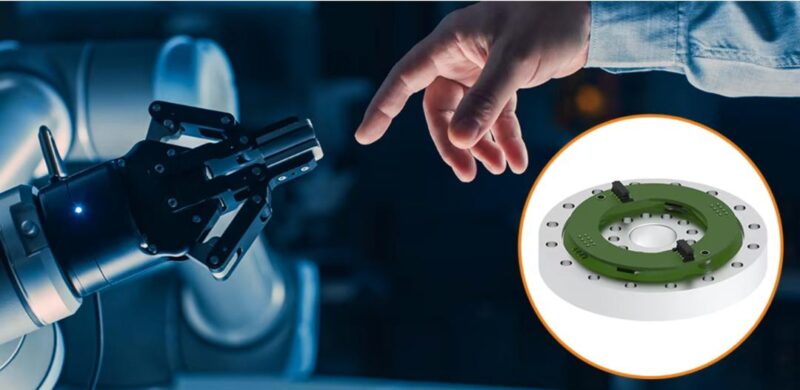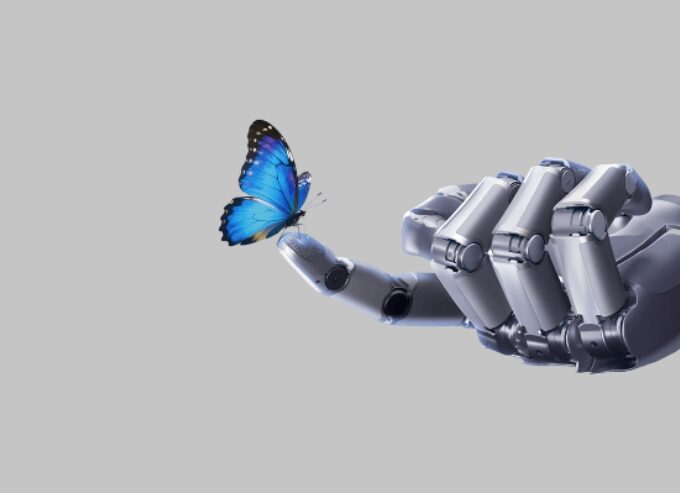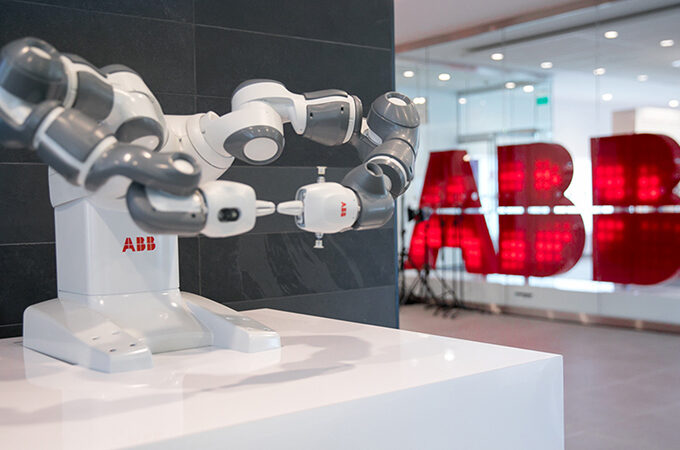Robots have been in the industry for decades, but technological innovation is driving a whole new wave of factory automation trends. For small businesses that once couldn’t afford (or didn’t need) industrial robots, the emergence of collaborative robots and smaller robots similar in size to collaborative robots will have the opportunity to help them take efficiency and productivity to the next level. Collaborative robots are smaller, more affordable, and easier to program than traditional industrial robots, and they are dramatically more flexible. Modern robots can meet the need to quickly reassign tasks to perform new tasks or move to different areas of a factory or warehouse, for example. Collaborative robots can be used in conjunction with staff for safe operation and are particularly suitable for hazardous or repetitive tasks, as well as for assisting staff in tasks that require a high degree of precision.
It is, therefore, no surprise that collaborative robots are one of the fastest-growing segments of the robotics industry. Global shipments of collaborative robots are expected to exceed 47,000 units per year by 2026, well above the 10,000 units shipped in 2021, and at a higher rate than the expected growth of industrial robots.
To further optimize the design of collaborative robots to better meet market needs, TE Connectivity has a long-term focus on key trends that will enable the future of factory automation, including increasing the flexibility of collaborative robots, reducing their total cost of ownership, and enhancing their safety and durability.
Collaborative Robots: A Machine that can Perform Multiple Tasks
While industrial robots are designed to perform the same tasks over and over again for decades, a collaborative robot must be able to adapt to multiple task types. For example, a company may need a collaborative robot that can easily transition from simple pick-and-place tasks to assisting in the maintenance of machines that require a higher level of precision.
The challenge for collaborative robot designers is that they need to create arms that not only cover the range of motion required for different tasks but also keep costs in check. Each possible movement requires a separate axis, each of which comes with its own set of motors, sensors, cables, and connectors, all of which can lead to increased costs. For this reason, there has been a consensus among collaborative robot manufacturers to use a standard six-axis design for flexible robots. This structure mimics the range of motion of a human arm, making the robotic arm suitable for most collaborative tasks.
However, in this standard setup, designers still need to find ways to find the best balance between durability, sensitivity, and cost when selecting internal components. For example, a resolver (a system that measures the angle of rotation) is low-cost and offers high durability, but may not provide the precision needed for delicate operations. At the other extreme, optical encoders can provide greater accuracy, but are fragile and expensive. To help more customers have access to collaborative robots, TE offers a solution in between these two options – the magnetic encoder. It offers more accuracy than a resolver but is cheaper and more durable than an optical encoder.

By definition, collaborative robots need to work with humans. They can be installed without the use of safety cages, which reduces both installation costs and their footprint in the factory or warehouse. However, such structures require additional safety features to ensure operator safety.
Advances in torque sensors can make collaborative robots safer and more reliable. Torque sensors will be installed on each axis of the collaborative robot arm to measure mechanical tension within the axis motors and gearboxes. The torque can be programmed to stay below a specific threshold so that the collaborative robot shuts down automatically before there is a possible hazard, avoiding injury to the operator or damage to the collaborative robot arm itself.
As the use of collaborative robots continues to rise, we anticipate further improvements in other safety features such as proximity sensors and absolute position sensors. For example, an invisible fence could be constructed around the collaborative robot using a range of optical and pressure sensors, which would trigger the machine to slow down or stop as soon as someone enters the collaborative robot’s workspace.
Ensuring Reliability in Harsh Environments
Reducing downtime and lowering maintenance costs is critical to controlling the cost of collaborative robots, and this is one of the challenges designers need to face, as collaborative robots are often required to operate in environments that are not friendly to electronics and moving parts. Dust, humidity, oil, heat, vibration, and electromagnetic interference are common in factory and warehouse environments. As a result, TE has designed components such as position and angle sensors specifically for harsh environments. However, designers tend to overlook other components that are critical to maintaining the reliability of collaborative robots such as cables and connectors.

Cables and connectors for axis components such as sensors and motors are usually installed inside the collaborative robot arm. But even with this layer of protection, it’s still necessary to use specially designed industrial-grade cable assemblies. While achieving the required range of motion for each arm joint, any unnecessary movement can be avoided when the arm performs repetitive tasks. Connections become trickier when the task involves coordinating changes between end-of-arm tooling and sensing. Switching between tasks usually requires a new set of tools at the end of the collaborative robot arm, including clamps, sensors, cameras, and lights. In addition to collaborative robot robotic arm protection, each of these components requires power and data connections.
Since adaptability is one of the main strengths of collaborative robots, we are committed to helping designers reduce the complexity of wiring and connections while maintaining functionality. We are developing solutions that combine power and data connections in a single cable, such as Single Pair Ethernet (SPE). Such a single cable can provide sufficient power and data rates for any end-of-arm peripheral.
Enabling the Factory Architecture of the Future
Just a few years ago, collaborative robots were in a rut of immature applications or overpriced, and now their rise has taken automation to new heights. Collaborative robots continue to perform more tasks in place of humans, while also helping manufacturers optimize their production processes for greater efficiency and flexibility.
In the future, we will see modular cell-configured manufacturing floors, where each cell enables the flexibility to switch between discrete tasks or customized processes. In addition, advances in wireless connectivity will help factories monitor and analyze the production of each of these semi-automated units. Meanwhile, advances in artificial intelligence and machine learning will help collaborative robots learn new tasks faster.
Increased levels of factory automation can meet manufacturers’ growing demands for speed, efficiency, and customization, while also helping them to address other challenges, including ongoing labor shortages. While the progression from semi-automated production to full automation will still take some time, the combination of collaborative robots with seamless connectivity and augmented intelligence technologies will be a surefire way to get there.













Leave a comment